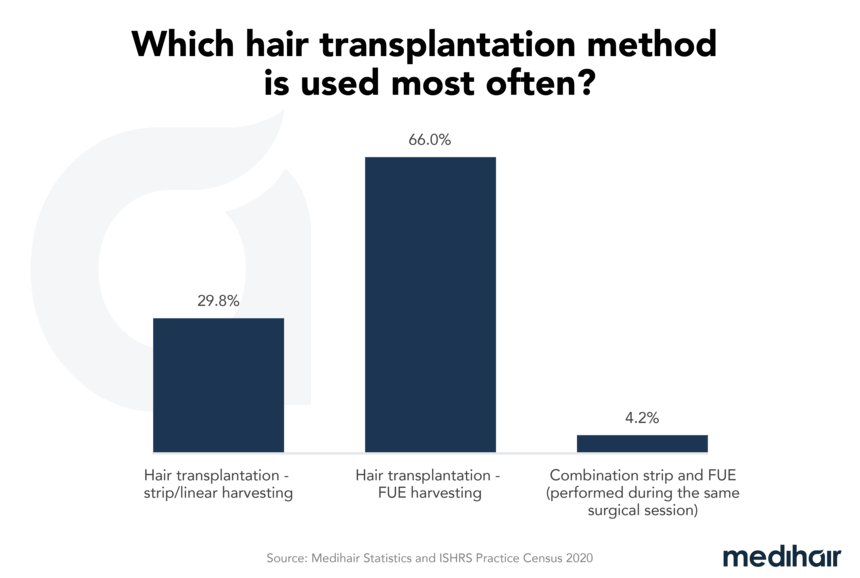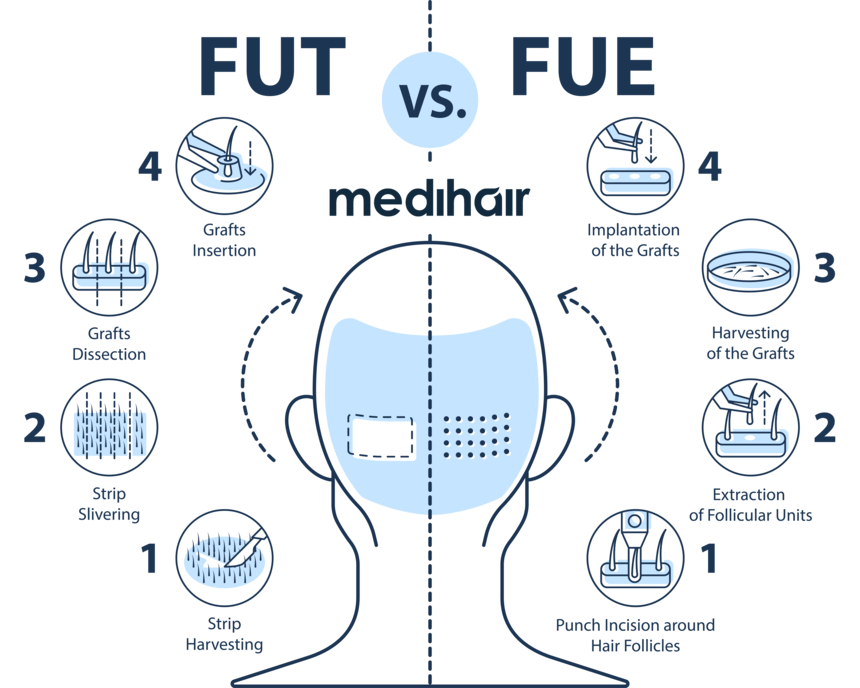Is a hair transplant painful?

A hair transplant is generally considered to be painless, especially when compared to other surgical procedures. However, it is still an operative procedure that may cause discomfort among patients. This article discusses the level of pain you can expect during and after your hair transplant surgery and how to avoid any pain.
Fast Facts
| Painless hair transplant | Painless methods |
| Local anesthetic injections | Donor and recipient area |
| Hair transplant procedure | Extraction & insertion phase |
| Pain after surgery | Rarely tightness, headache |
- Free
- Fast
- Non-binding
Frequently Asked Questions
How long does the pain last after a hair transplant?
Are you awake during a hair transplant?
Sources

